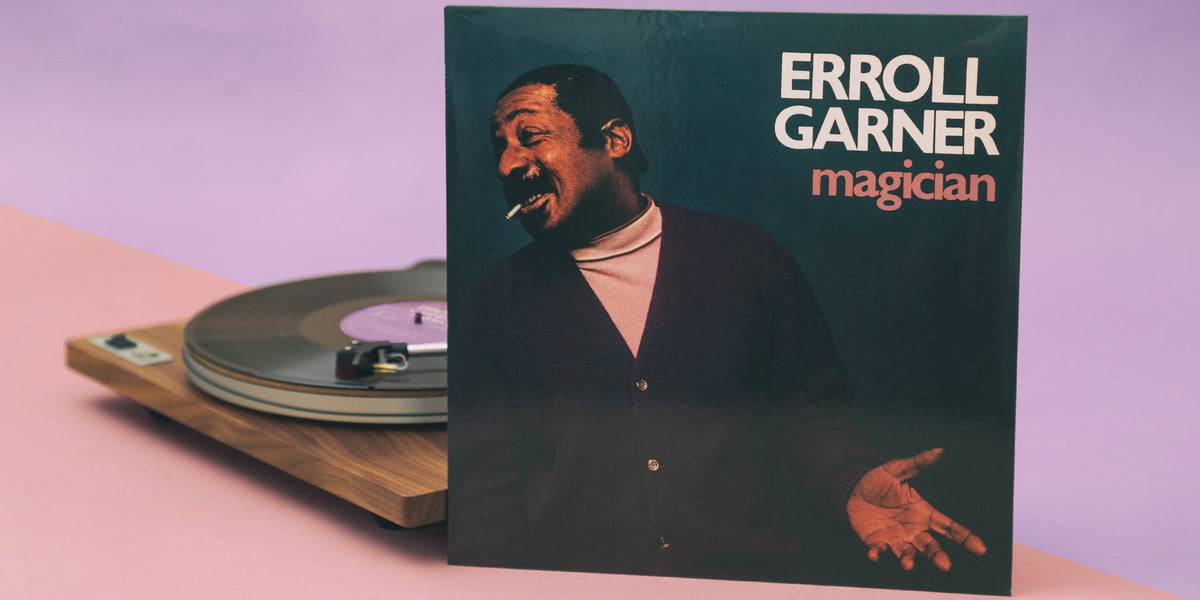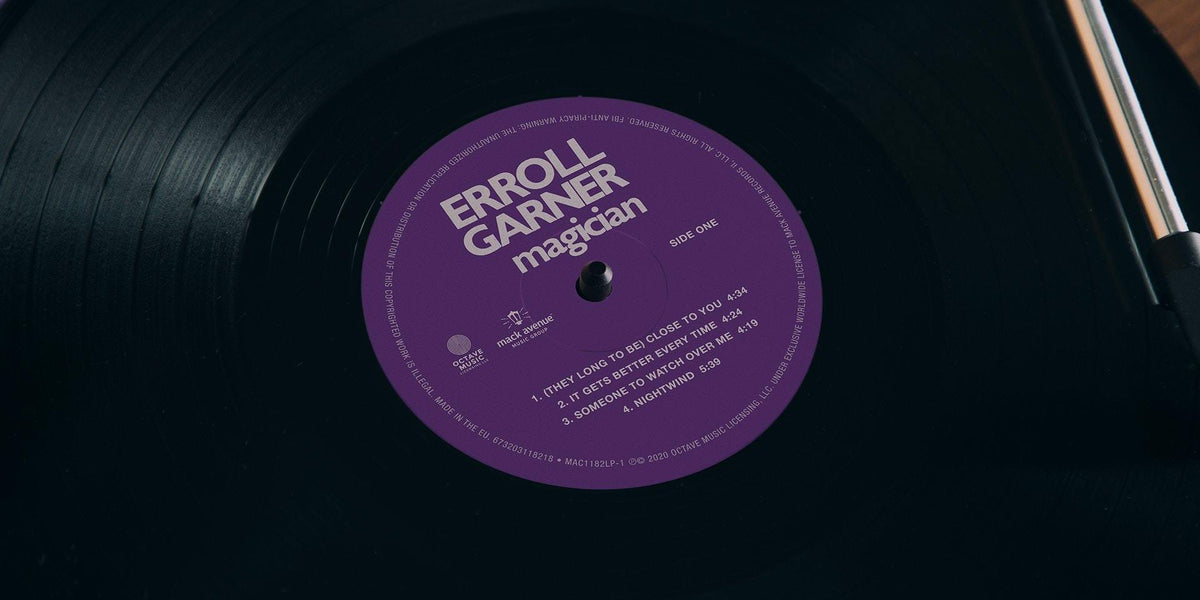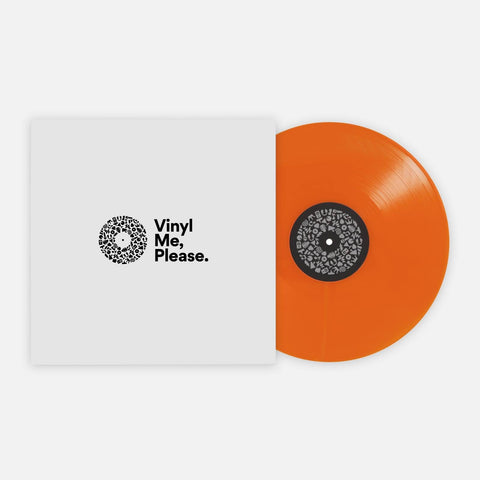The Digital Mastering Process That Saved Erroll Garner’s Tapes For The Future
As you know, Vinyl Me, Please is reissuing Erroll Garner’s Magician as our Classics Record of the Month for May, 2020. The album was remastered from its original master tapes — which are fragile — using an innovative digital transfer technology called the Plangent Process. The digitization process also gets closer to how Garner’s piano sounded in the room than any previous masters. We talked with Senior Producer of the Octave Remastered Series Peter Lockhart, who’s been working on reissues of all of Erroll Garner’s self-released albums, about the work that went into preparing Magician for this release.
VMP: For the uninitiated, can you explain what the plangent process is? How is it different than just digitizing a tape?
Peter Lockhart: The Plangent Process is a revolutionary technology designed by engineer Jamie Howarth that employs a custom wideband tape head, preamp and DSP package to capture and track the original tape recorder’s ultrasonic bias remnant. The Plangent Process removes the wow, flutter and FM/IM distortion from the recorded audio which results in returning the listener to the original session experience, bringing to life Erroll Garner’s incomparable performances in a way that they hadn’t been heard since these performances came over the control room monitor speakers 50 years ago.
Why is this method advisable for the Erroll Garner catalog, specifically with our pressing of Magician?
Magician is the 11th album of the 12-part Octave Remastered Series, a year-long effort of monthly releases with the aim of doing justice to Erroll Garner’s post-Columbia Records catalog. We’ve gone back to master tapes in Garner’s archive to restore, remix and remaster these 12 albums so that listeners can enjoy them at the best possible fidelity. The Plangent Process was used on the entire series, and I would say that it’s advisable for any audiophile caliber project. The issue has been the cost and availability of the technology. So far it has been embraced by pretty much everyone who has had the opportunity to hear it: from Bruce Springsteen, Neil Young, and the Rolling Stones, to the archives of Woody Guthrie, Aaron Copland, and Stravinsky.
We were incredibly lucky to have Jamie work with us on this project. A pianist and Erroll Garner fan himself, he immediately connected with what we were doing on this project. The new transfers that he and John K. Chester did for these records just jump out of your speakers. For an artist like Garner — who is so dynamic and precise with his complex rhythmic feel — transfering the recordings in this way uncovered and locked down an incredibly strong sonic foundation. In the case of Magician, our mastering engineer Jessica Thompson was able to really make that new corrected transfer come alive.
Can you talk through the chain of events here; how does it go from tapes to the plangent files, and back to vinyl?
For the Magician album, the process starts with myself, pouring over our archive looking for the right set of tapes. The entire archive was digitized at the Magic Shop recording studio in New York City about five years ago so we’re able to listen and explore the catalog digitally. I have a database that assists in identifying which set of tapes is the correct master set. But for Magician, I listened to several options and consulted with my co-producer Steve Rosenthal before sending the master tapes to John K. Chester for transferring. John employed the Plangent Process when he did his new 384KHz transfer and then the new digital file was sent to Jamie Howarth. Jamie then used the new bias information gathered in the transfer to employ his proprietary Plangent Process techniques. I checked the new files and sent them to our mastering engineer Jessica Thompson. We discussed the sound of the record and conducted tests before she printed the final master. Those files were sent off to Ryan at Sterling where he cut a beautiful lacquer.
You’ve worked pretty closely with the Erroll Garner archive as things have come out of the vaults; for people who don’t know, why does Erroll have so much of his own tapes and how did he come to start his own label?
I’ve been working on Erroll Garner’s catalog since 2015 and it has become one of the greatest joys of my life. Garner is a once-in-a-generation artist who was at one time a household name. He was a self-taught juggernaut of the piano who created his own style out of elements of swing and bob. His 1955 Concert By The Sea album was the first million-unit selling jazz album and his song “Misty” is the most recorded jazz ballad of all time. Garner was an incredibly prolific artist, famous for his encyclopedic knowledge of the American Songbook and his ability to throw down perfect first takes again and again.
This resulted in a huge catalog of pristine unreleased recordings. Because Garner was also such an inventive and prolific composer, a huge number of the unreleased songs are Garner originals. In the late ’50s, Garner got into a dispute with his record label, Columbia Records, which eventually resulted in a groundbreaking 1960 lawsuit, the focus of which was Garner’s ability to have approval over the material Columbia released. The case got very ugly and went all the way to the New York Supreme Court.
Garner, in a first for any American artist, won the case. Columbia was forced to remove three albums of material that they had released against Garner’s wishes. It was a huge moment for artist rights, but hasn’t been talked about in a significant fashion. Garner was at the peak of his fame at the time, Concert By The Sea was selling like crazy and Johnny Mathis had recorded his song “Misty,” taking it to No. 12 on the pop charts. He risked it all and won. As a result, he and his manager Martha Glaser formed their own label, Octave Records. Beginning in 1961, Glaser pioneered the concept of a licensing deal, selling Octave-owned recordings to the major labels of the time like Mercury, Reprise, and London for limited periods. Because of this, Erroll retained ownership of the recordings. Magician is the final studio album that Garner recorded in his lifetime, originally being released on the London label in 1974.
You can get Vinyl Me, Please’s edition of Magician here, by signing up for Classics.
Andrew Winistorfer is Senior Director of Music and Editorial at Vinyl Me, Please, and a writer and editor of their books, 100 Albums You Need in Your Collection and The Best Record Stores in the United States. He’s written Listening Notes for more than 30 VMP releases, co-produced multiple VMP Anthologies, and executive produced the VMP Anthologies The Story of Vanguard, The Story of Willie Nelson, Miles Davis: The Electric Years and The Story of Waylon Jennings. He lives in Saint Paul, Minnesota.
Related Articles
Join the Club!
Join Now, Starting at $36Pages








